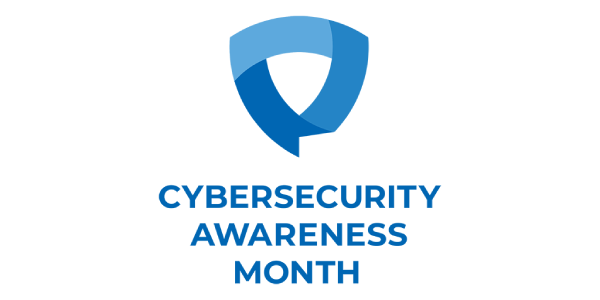It’s not a secret that physical and cyber security teams are still operating in completely different spheres. And in many regards, cybersecurity protocols are lightyears ahead of the game.
It’s difficult for companies to combine the physical and cyber security efforts of their teams. According to a Nemertes Research study from February 2022, only 10.3% of organizations cited the two coming together at any level. This means that in almost 90% of companies, the two departments are separate. And this can be dangerous. Plus, another Nemertes Research IoT study found that 86.3% of participants reported using networked intelligent devices for physical security in 2021.
“As physical security becomes increasingly dependent on intelligent devices, it’s the cybersecurity team that develops the best practices and policies for managing and securing them,” the same study says. To provide maximum protection today for your people, assets, facilities, and brand, your cybersecurity (both IT and network security) and your physical security systems need to share data and communicate effectively.
Fusing Physical and Cyber
All of this together is a case for more fusion in cyber and physical security. And it’s gaining traction.
Forward-thinking organizations are investing heavily in cybersecurity efforts by implementing smart software designed to detect and remediate all manners of insider and online threats.
The key players in these efforts? Security operations centers (SOCs) and network operations centers (NOCs) staffed with cybersecurity analysts that surveil supplemental threats and catch data anomalies are setting the tone for the kind of fusion that we’ve been talking about since the beginning.
When organizations can use incoming data from both their cyber and physical security systems together through a single platform, they get better visibility into the anomalies that indicate malicious activity. This helps security leaders proactively improve detection because the anomalies create a signature that indicates suspicious activity, much in the same way early antivirus measures worked in cybersecurity.
Ways to Move Forward Together
While technology can do a lot to provide real-time information about incoming cyber and physical security threats, and teams can be trained to better respond, threats that cross over between the two departments require a coordinated approach.
When organizations can use incoming data from both their cyber and physical security systems together through a single platform, they get better visibility into the anomalies that indicate malicious activity. This helps security leaders proactively improve detection because the anomalies create a signature that indicates suspicious activity, much in the same way early antivirus measures worked in cybersecurity.
It’s imperative that cyber and physical security teams meet together regularly to focus on information sharing between the two departments. These meetings should also include discussions around new investments in physical security technology and the addition of this technology to the network to better predict and protect network infrastructure. Without ongoing, collaborative efforts, organizations may lack the ability to respond to emerging threats quickly and efficiently.
Visibility becomes key to this level of communication. Together, cyber and physical security teams can create visibility into network traffic and infrastructure, can monitor access to applications and data, and can grant/remove access to networks and devices. But it’s only through the implementation of ongoing dialogue that this is possible.
October is National Cybersecurity Awareness Month–a time for reflection on how we can better protect information and data being shared across departments. It’s time physical security embraces a more fusion-forward approach to cybersecurity protocols.









